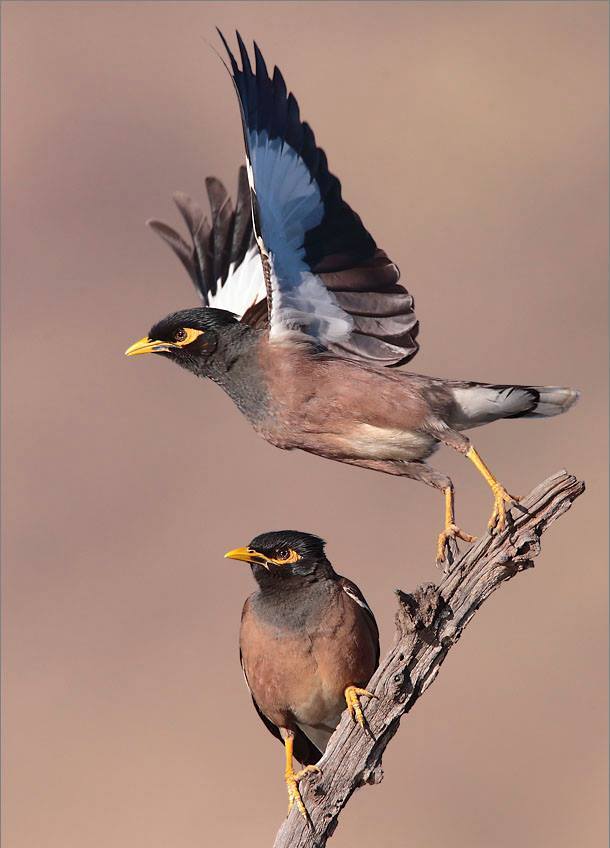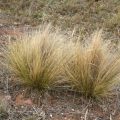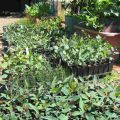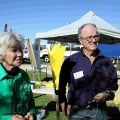Indian Mynas to Meet their Match!
Published 18th November 2022. Written by Maddison O’Brien
Not to be confused with the similar-looking, native noisy miner, the Indian Myna (also known as the Common Myna) is an increasing problem throughout eastern Australia. These intelligent and aggressive birds rapidly invade new areas, displacing native species from nesting sites. Groups are doing work to control their booming populations by trapping. One such example is the Canberra Indian Myna Action Group which, since its establishment in 2006, has removed over 50,000 of the introduced birds from the environment.
In Mudgee, Watershed Landcare committee member John McCrea and a small team have quietly worked to keep Indian Myna populations down. As an avid bird enthusiast, John has growing concerns as the Indian Myna has been spotted in new territories around the region. We are reaching out to the community to get your help. Do you have Indian Mynas at your property? If you do, we are encouraging people to reach out to John so he can begin trapping operations.
In a time where our native bird species are under increasing pressure from seemingly endless environmental and man-made changes, the control of this invasive pest species is an essential step to protecting the longevity of bird species such as Rosellas, Kookaburras and Dollar birds. They have also been known to kick small mammals, such as sugar gliders, out of their precious hollows.

Indian Mynas are an aggressive introduced pest that can be identified by their distinct chocolate brown and black feathers, yellow beak, and legs.
The process of trapping is quite simple. John has several portable traps that he can install at the target site. The trap has two chambers; one is for keeping a ‘caller bird’ in, which helps to attract additional birds into the second chamber for trapping. The process is humane, and with the help of property owners, the traps can be regularly monitored and tended to. The traps often successfully capture starlings as well, which are another introduced species causing problems in the environment.
Have a good look at the image of the Indian Myna so you know how to identify them correctly. You can look for the distinctive chocolate and black colour with yellow beak and legs, and they also have a white patch on their wings which can be observed in flight. If you have livestock, you might find them hanging around nearby.
If you have Indian Mynas on your property and would like to do the right thing and take action to protect our precious native species, why not get in touch with John, and he can put a plan in motion? If you’re interested in learning more about his project or would like to help with trapping and monitoring, he’d love to hear from you. Contact John on 0407 512 510 or email jsmccrea@hwy.com.au







